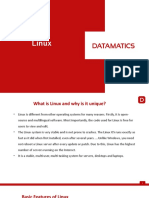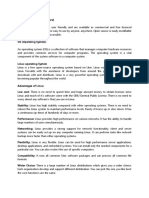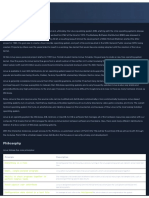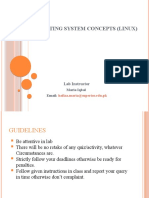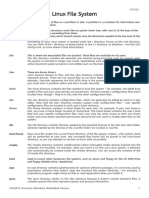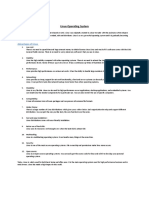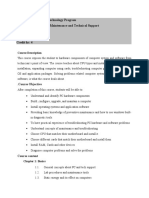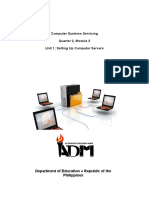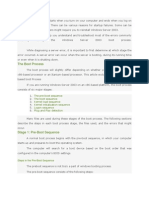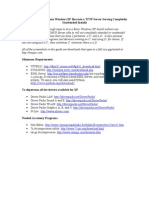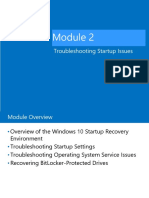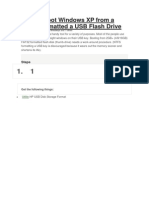0% found this document useful (0 votes)
6 views3 pagesLinux-1 2
The document provides an overview of operating systems, defining them as interfaces between users and computer hardware, and categorizing them into single user and multiuser types. It focuses on Linux as an open-source operating system known for its customizability, security, stability, and community support, along with a detailed explanation of its filesystem hierarchy. Additionally, it includes instructions for installing and using Vagrant with Ubuntu.
Uploaded by
arungowda9400Copyright
© © All Rights Reserved
We take content rights seriously. If you suspect this is your content, claim it here.
Available Formats
Download as PDF, TXT or read online on Scribd
0% found this document useful (0 votes)
6 views3 pagesLinux-1 2
The document provides an overview of operating systems, defining them as interfaces between users and computer hardware, and categorizing them into single user and multiuser types. It focuses on Linux as an open-source operating system known for its customizability, security, stability, and community support, along with a detailed explanation of its filesystem hierarchy. Additionally, it includes instructions for installing and using Vagrant with Ubuntu.
Uploaded by
arungowda9400Copyright
© © All Rights Reserved
We take content rights seriously. If you suspect this is your content, claim it here.
Available Formats
Download as PDF, TXT or read online on Scribd
/ 3


